Understanding your pet’s body language can deepen your bond and help you respond to their needs effectively. Here are the signs to watch for.
1. Looking Away – Dog

When a dog turns its head away or avoids eye contact, it’s often a sign that they want to be left alone. Respect their space to avoid escalating the situation.
2. Tail Twitching – Cat
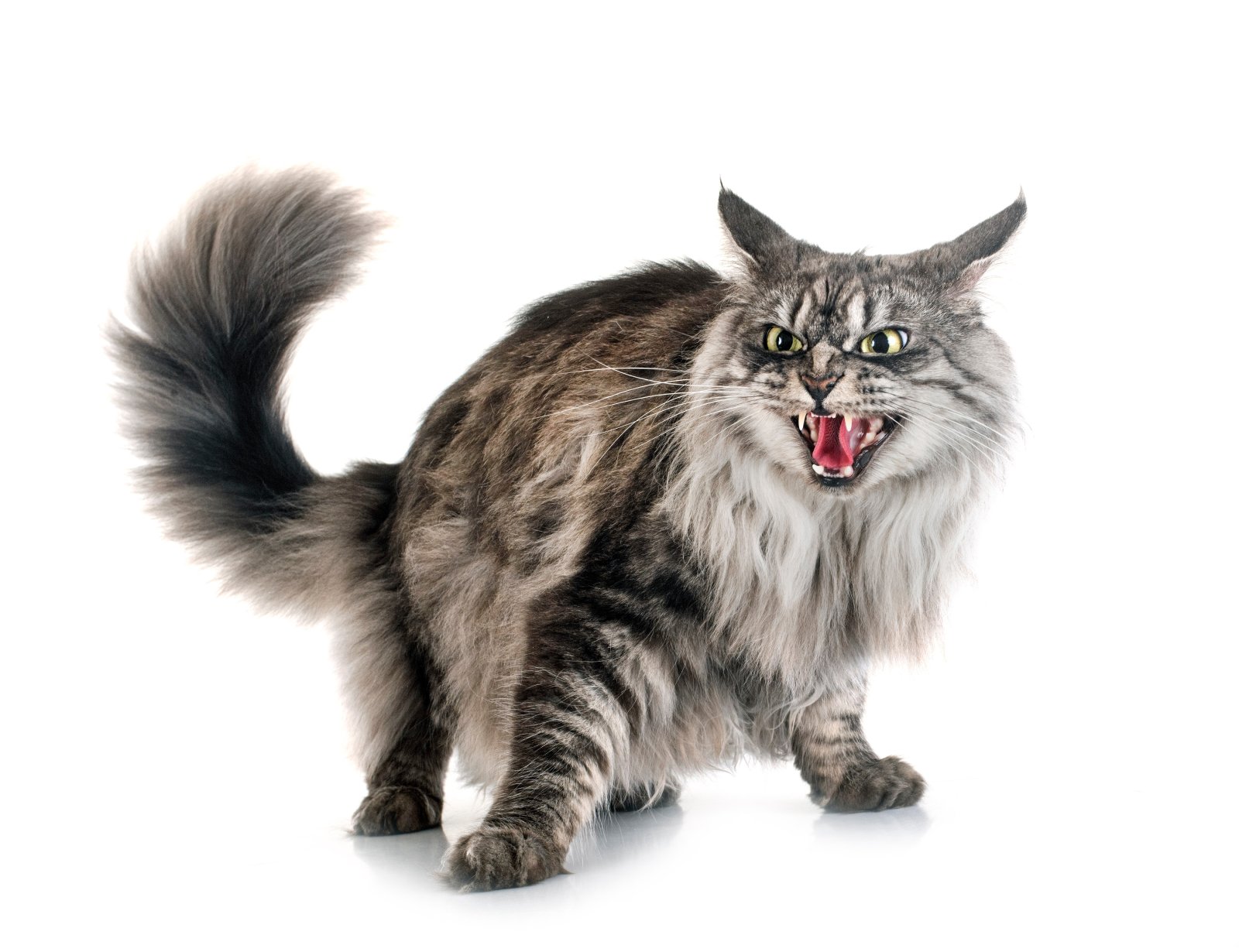
A cat’s tail twitching rapidly can indicate irritation or agitation. It’s best to give them some space when you see this.
3. Ears Back – Dog

If a dog’s ears are pinned back, it might be scared or anxious. Approach them slowly and offer comfort.
4. Purring – Cat
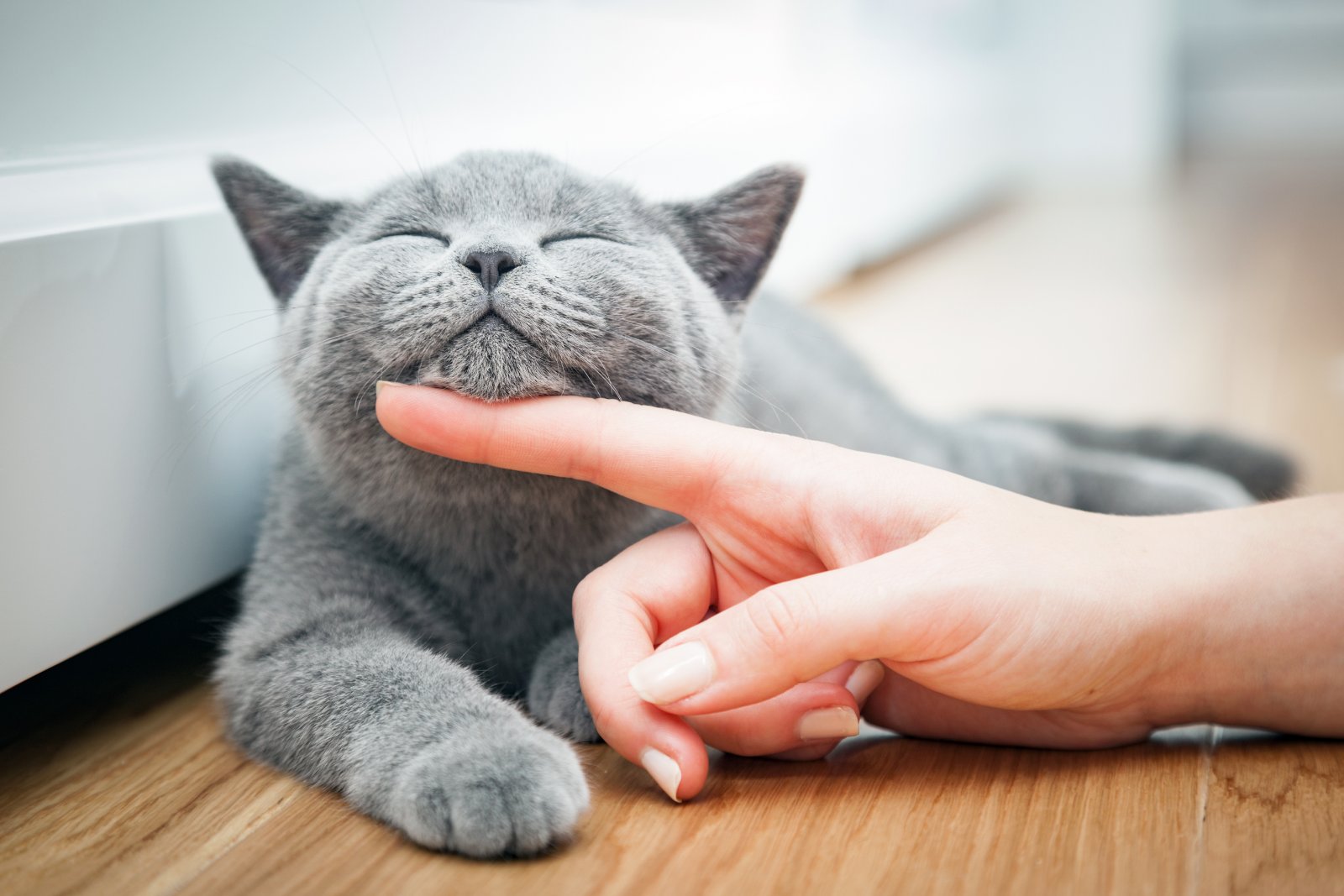
While purring usually signifies contentment, it can sometimes indicate discomfort or pain. Pay attention to the context and other body language signs.
5. Wagging Tail – Dog
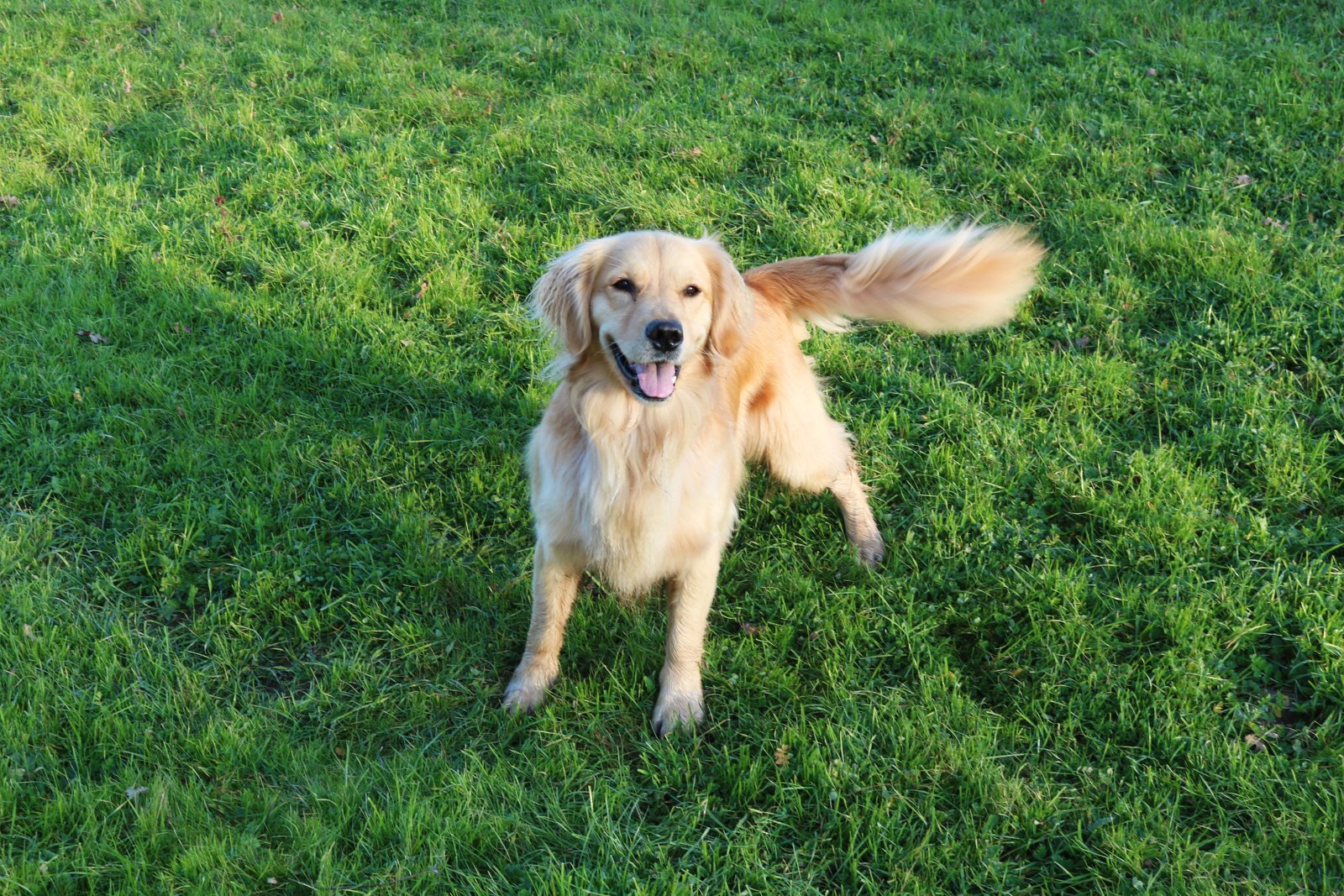
A wagging tail generally means a dog is happy, but a very fast wag can also indicate excitement or agitation. Consider the overall body language to interpret it correctly.
6. Slow Blinking – Cat
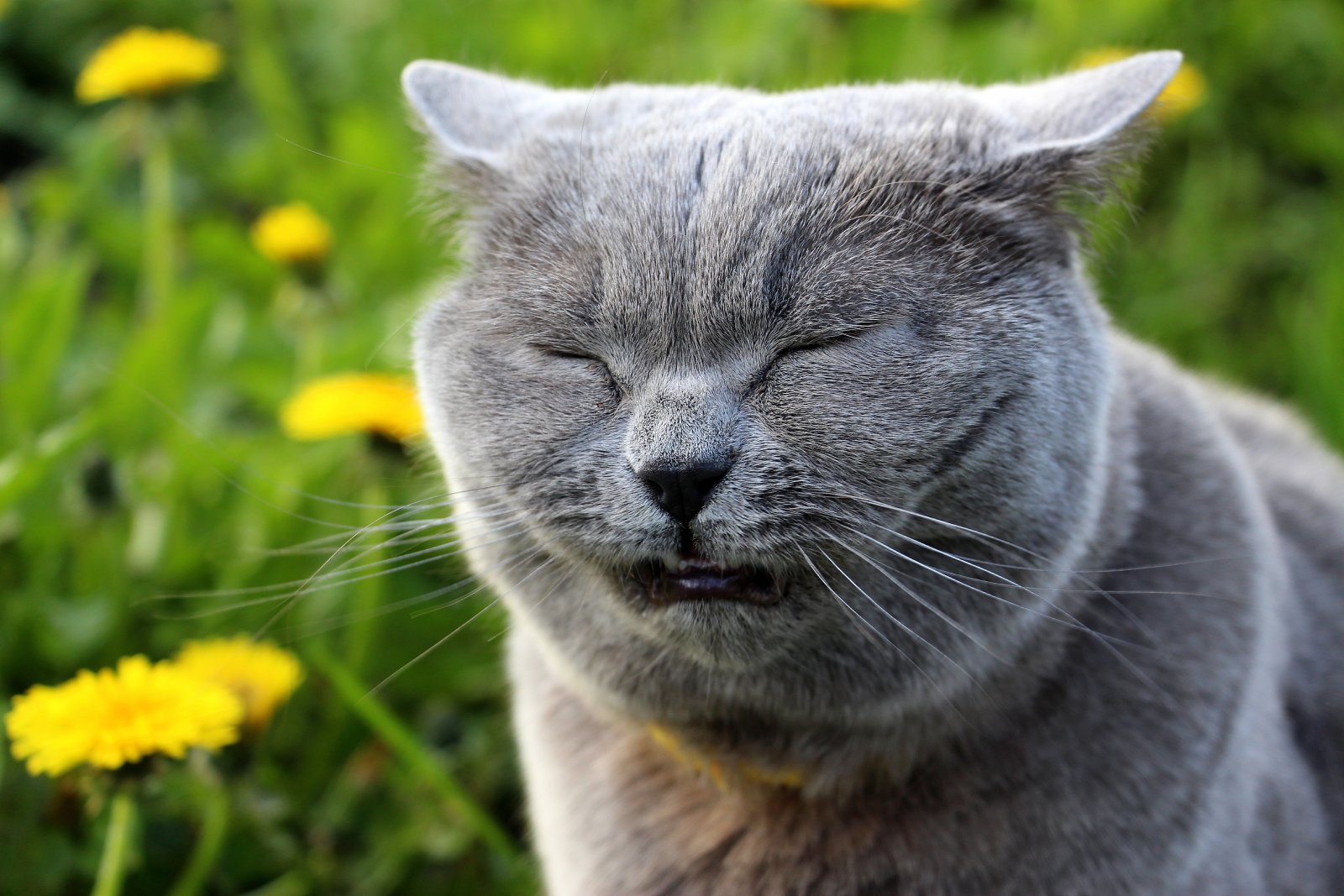
Slow blinking at you is a sign of affection from your cat. You can reciprocate to build trust and show them you care.
7. Play Bow – Dog
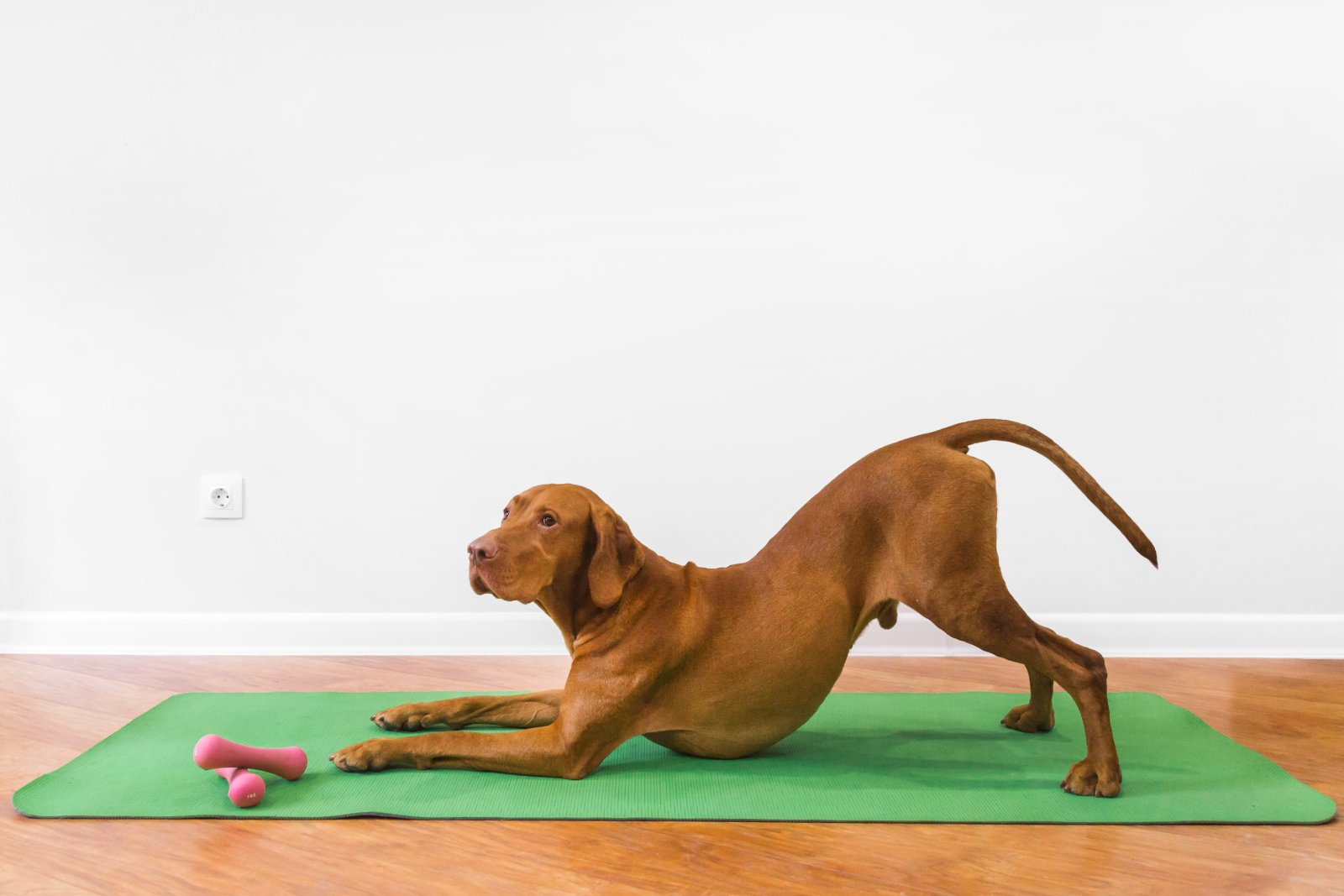
When a dog lowers its front legs and keeps its rear up, it’s an invitation to play. This is a clear sign of a happy and playful mood.
8. Arched Back – Cat
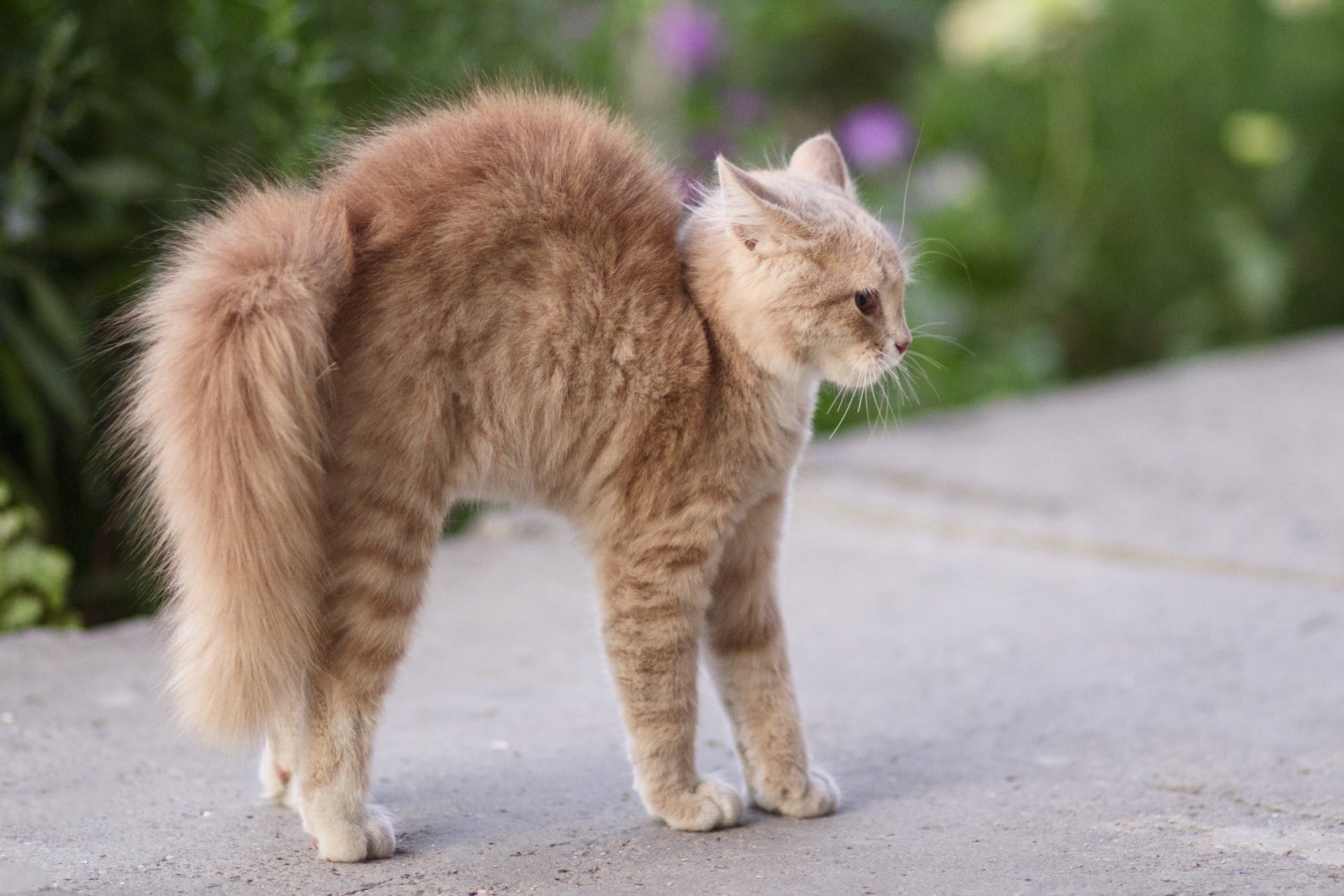
An arched back can indicate a cat is feeling threatened and is trying to make itself look bigger. Give them space to calm down.
9. Raised Hackles – Dog
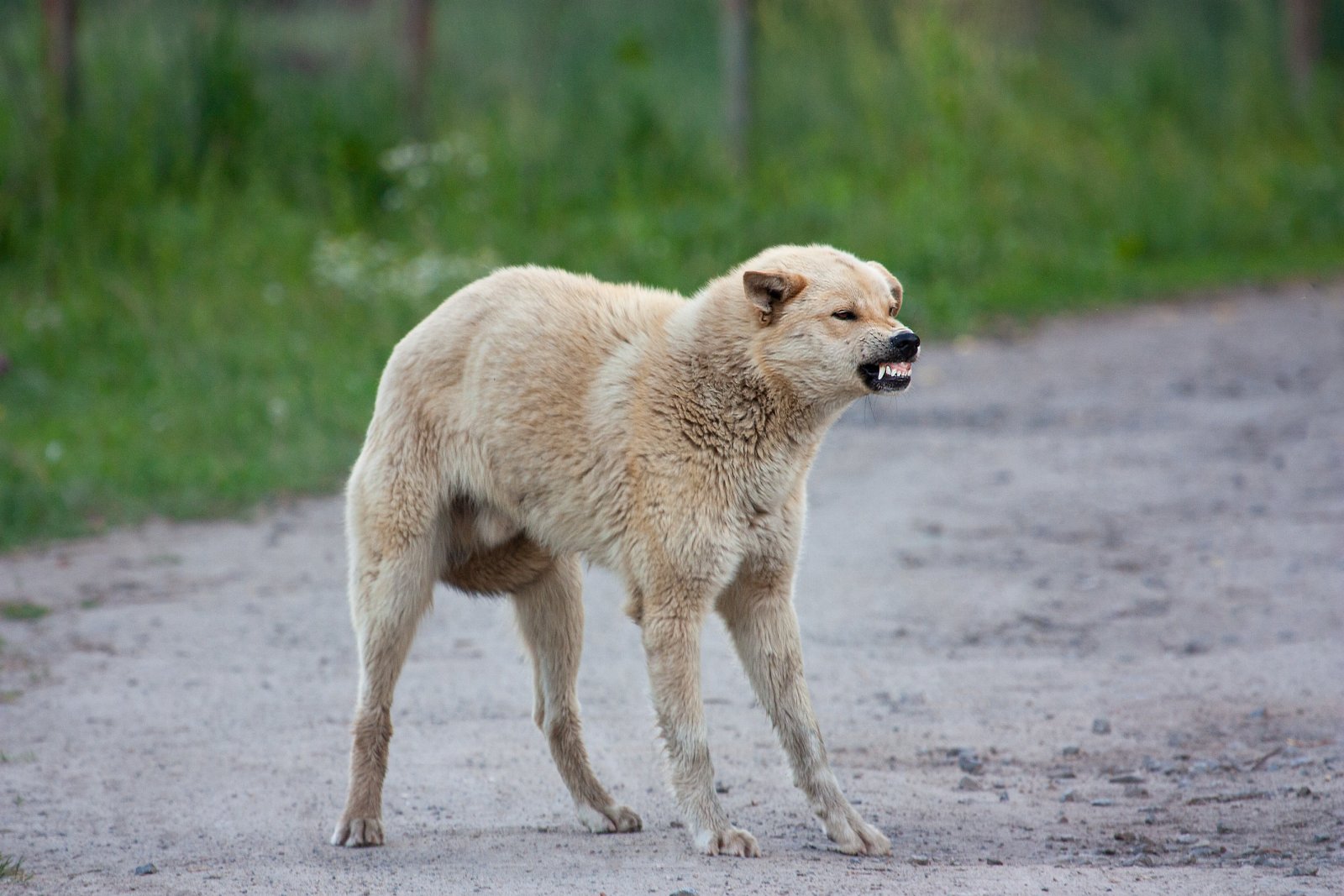
Raised hackles (the hair along a dog’s back) can indicate excitement, fear, or aggression. Assess the situation to determine the cause.
10. Kneading – Cat
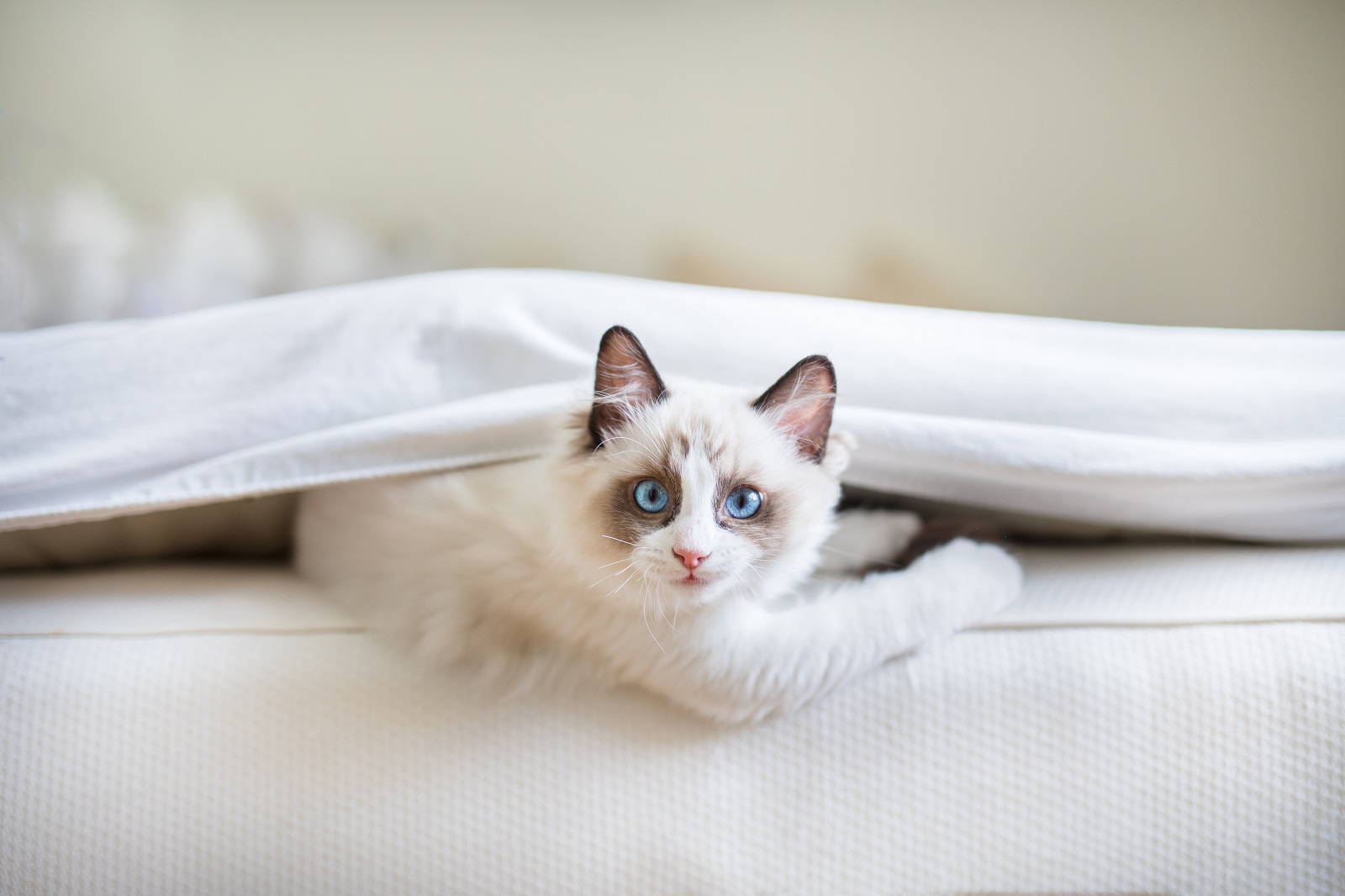
When cats knead with their paws, it usually means they are content and happy. It’s a leftover behaviour from kittenhood when they kneaded their mother’s belly for milk.
11. Submissive Grin – Dog
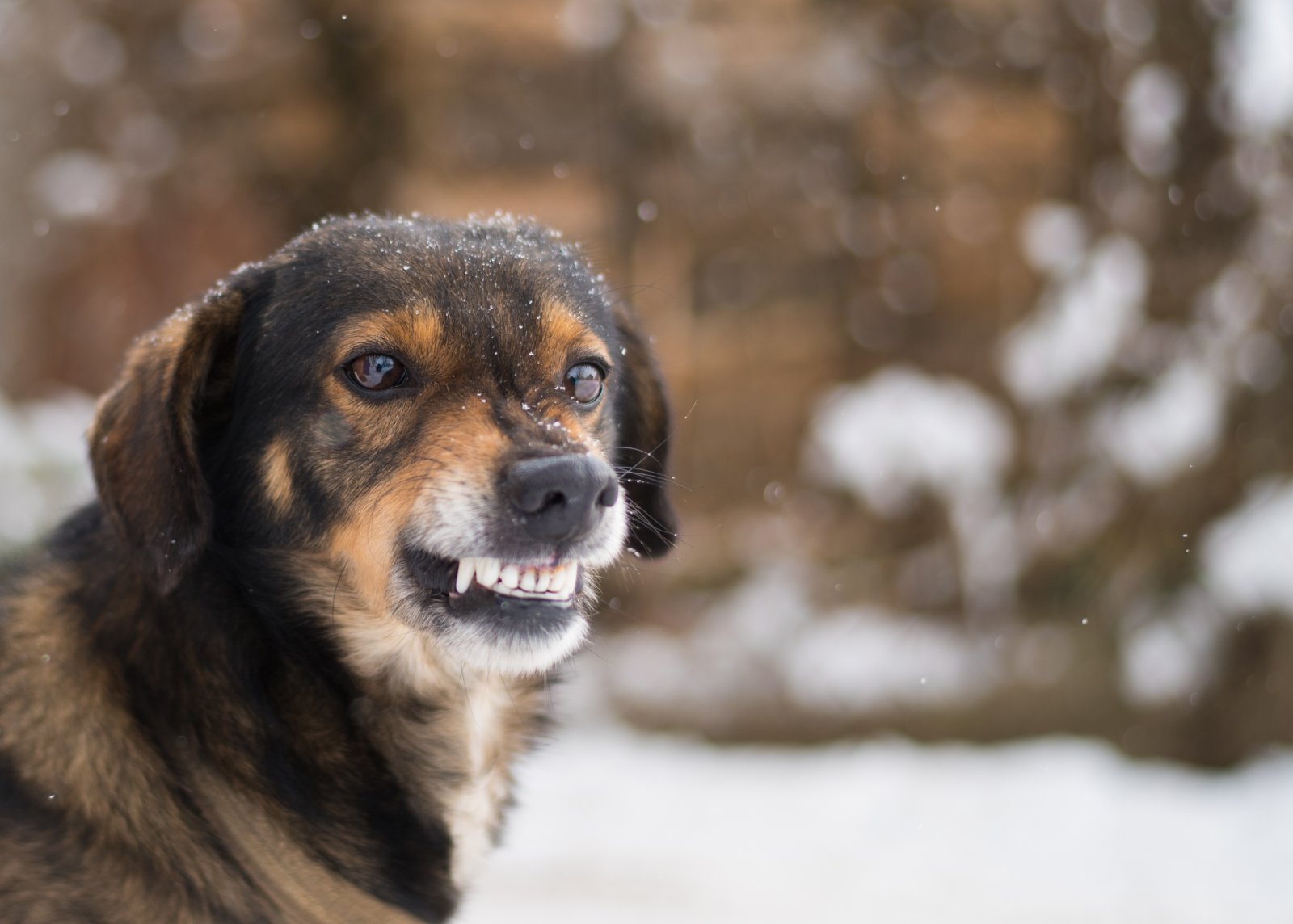
Some dogs display a submissive grin, pulling their lips back to show their teeth. This is usually a friendly gesture, despite its appearance.
12. Whiskers Forward – Cat
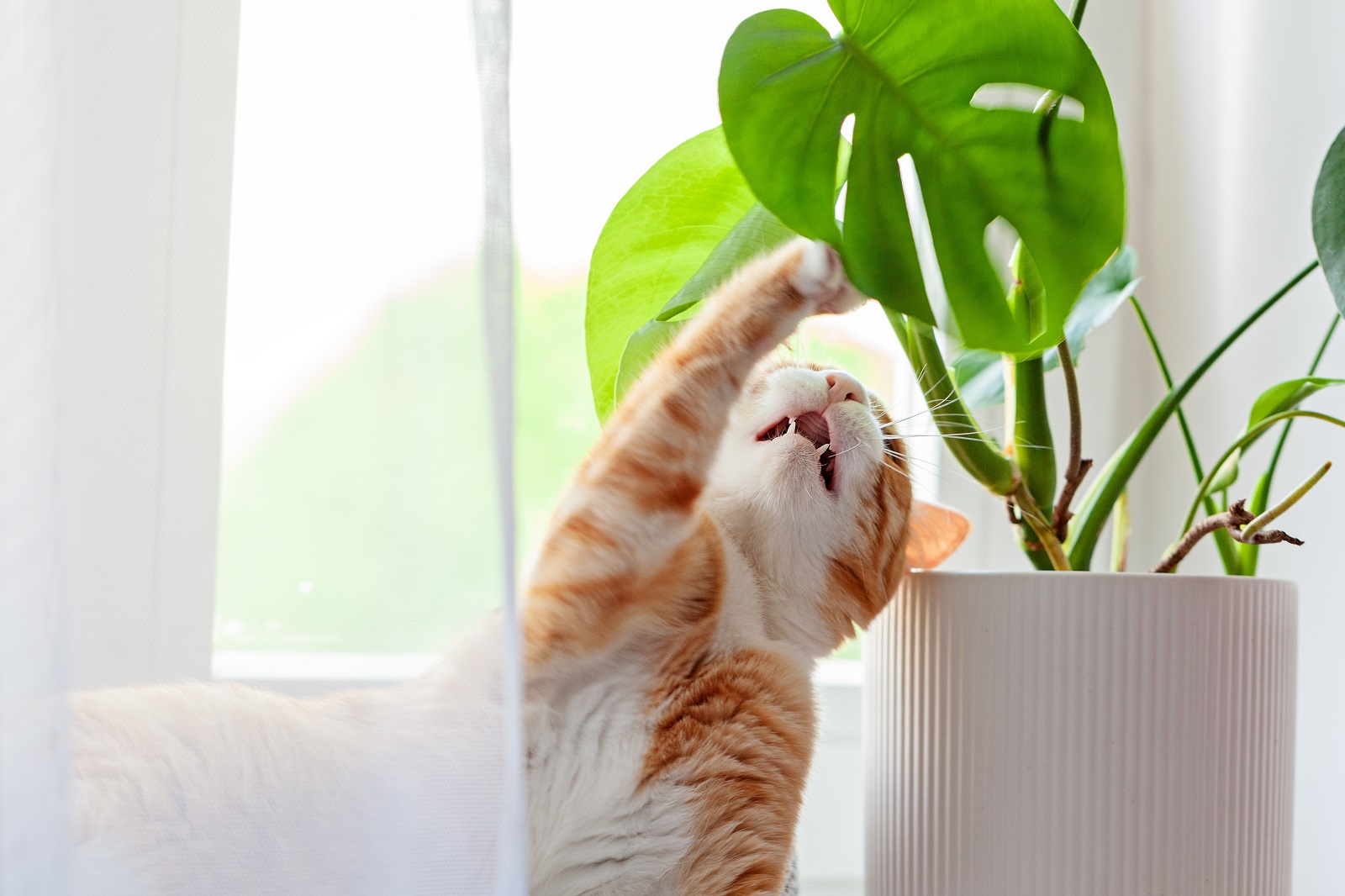
When a cat’s whiskers are pushed forward, they are alert and interested in something. This often happens when they are hunting or playing.
13. Lip Licking – Dog
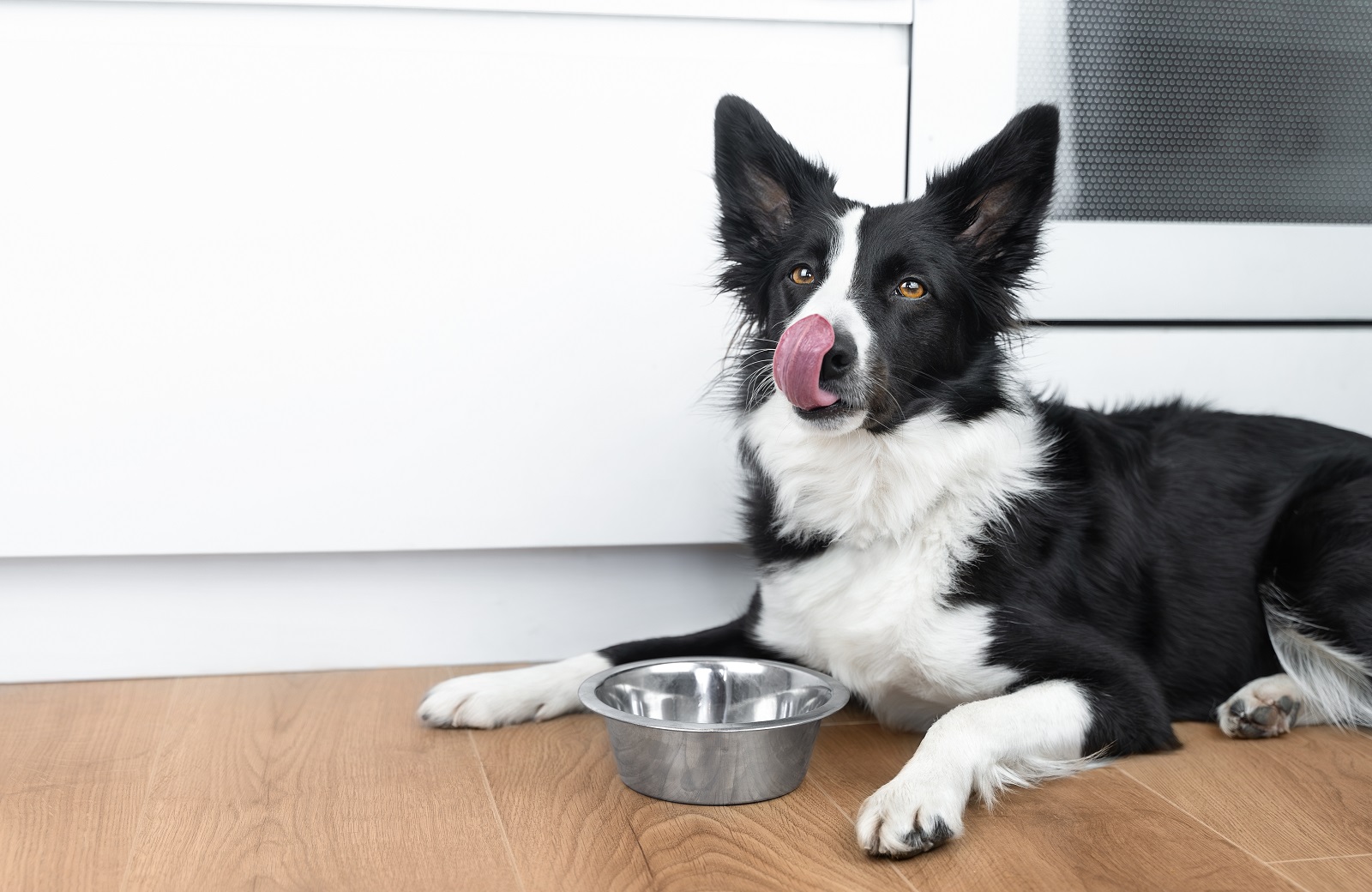
Lip licking can indicate stress or anxiety in dogs. It’s often seen in situations where they feel uncomfortable or nervous.
14. Hissing – Cat
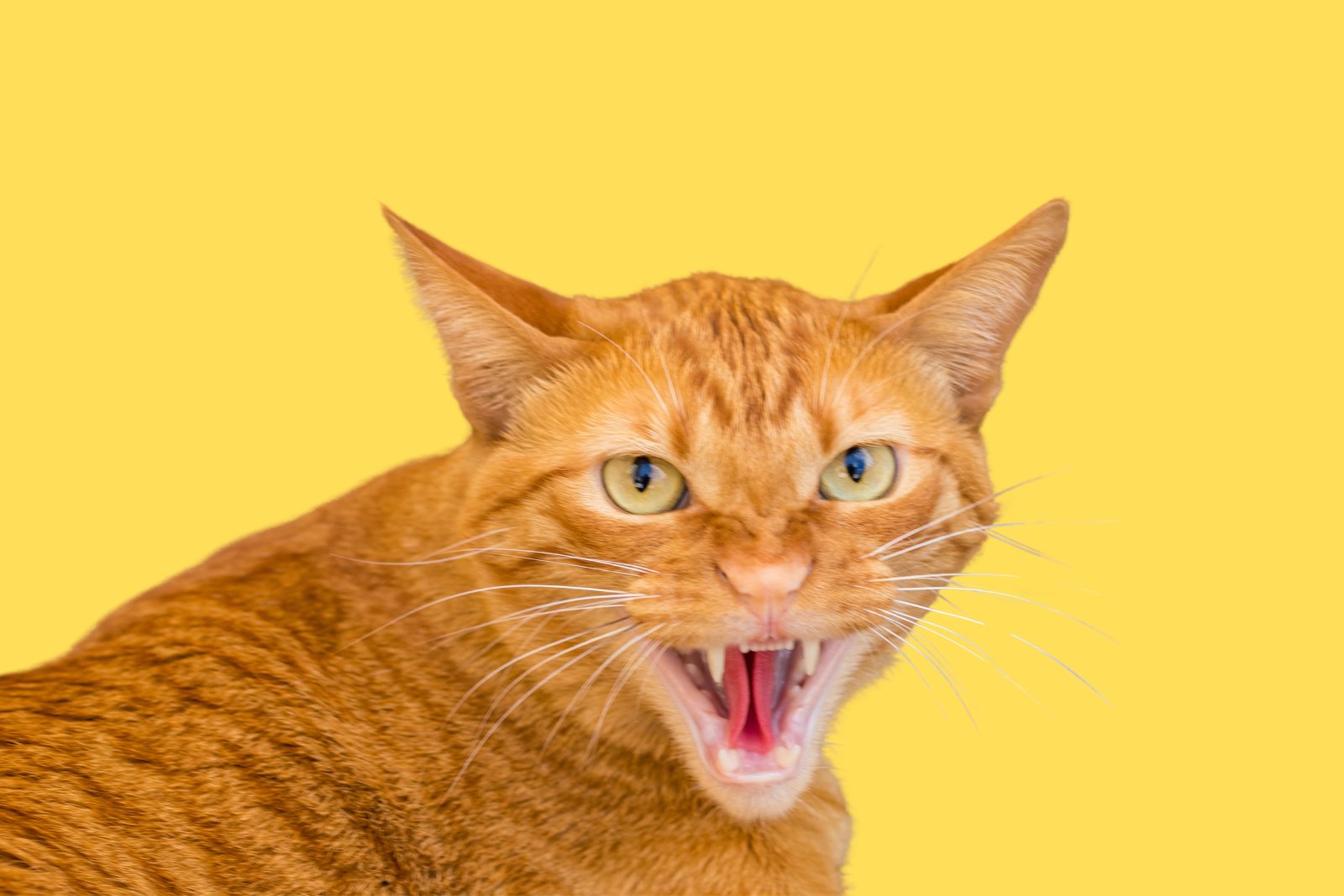
Hissing is a clear sign that a cat feels threatened or annoyed. It’s a warning to back off and give them space.
15. Tail Between Legs – Dog
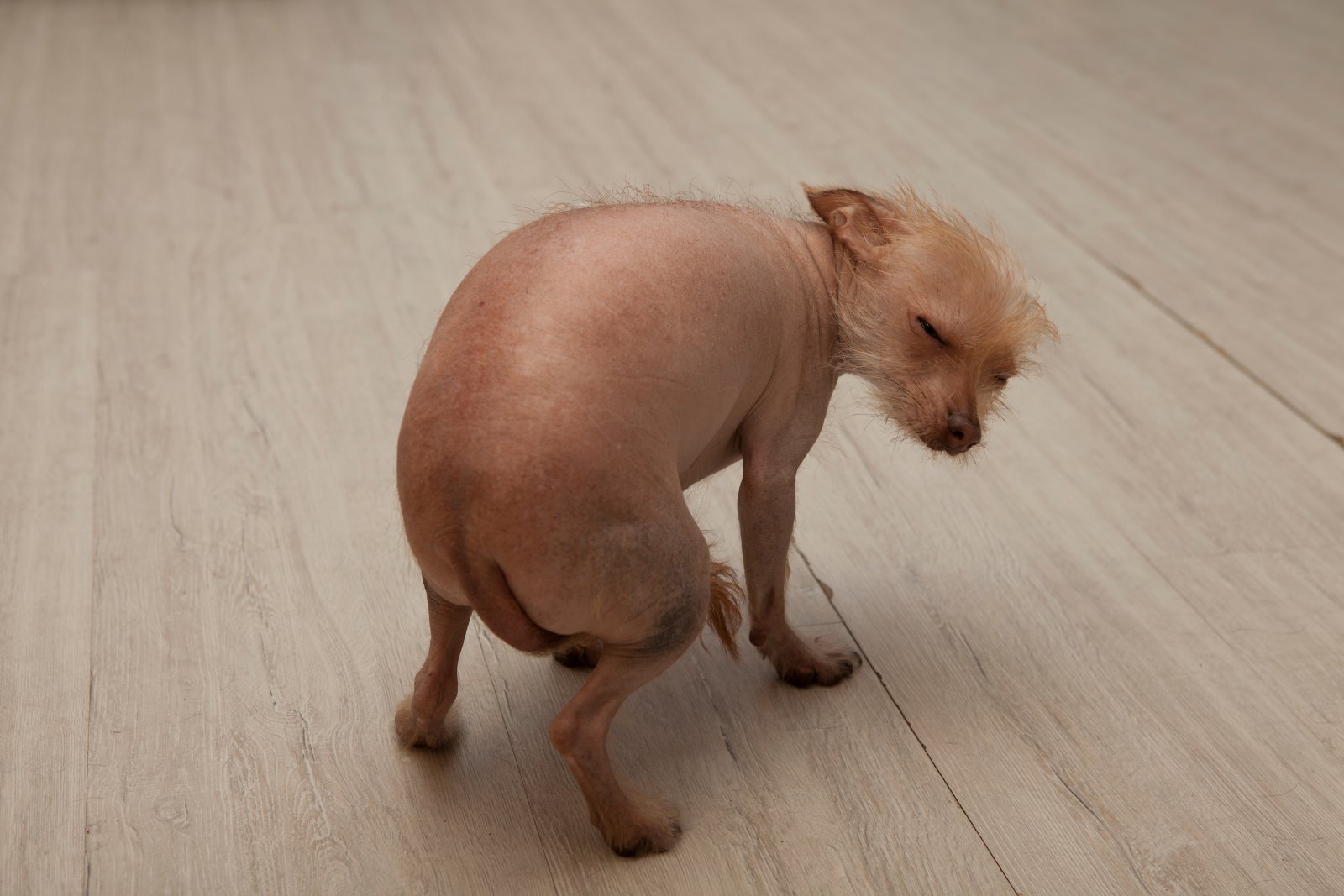
A tail tucked between the legs is a sign of fear or submission. Comfort your dog and remove them from the stressful situation if possible.
16. Bunting – Cat
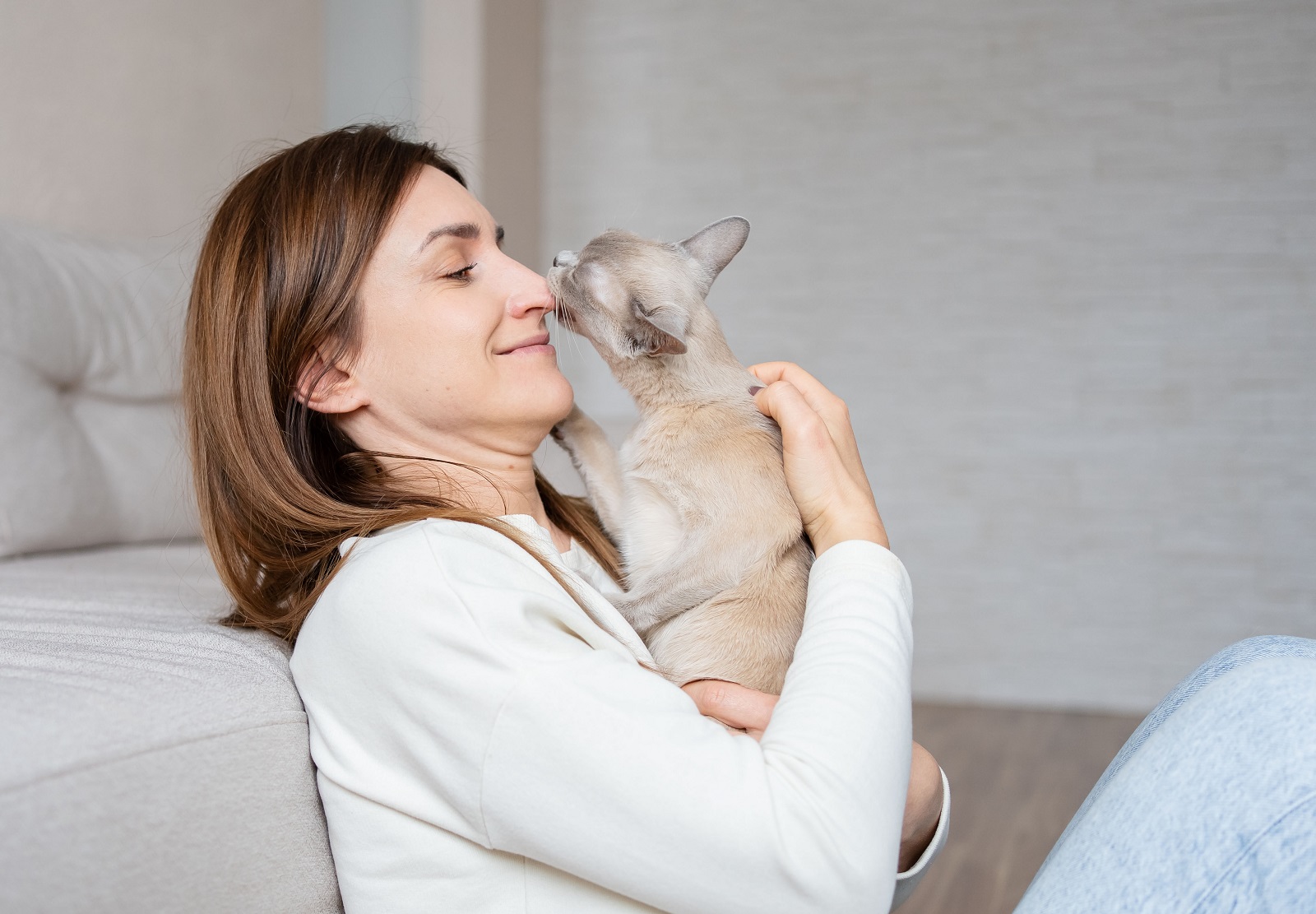
When a cat head-butts you, it’s called bunting. This is a sign of affection and marking you with their scent.
17. Belly Up – Dog
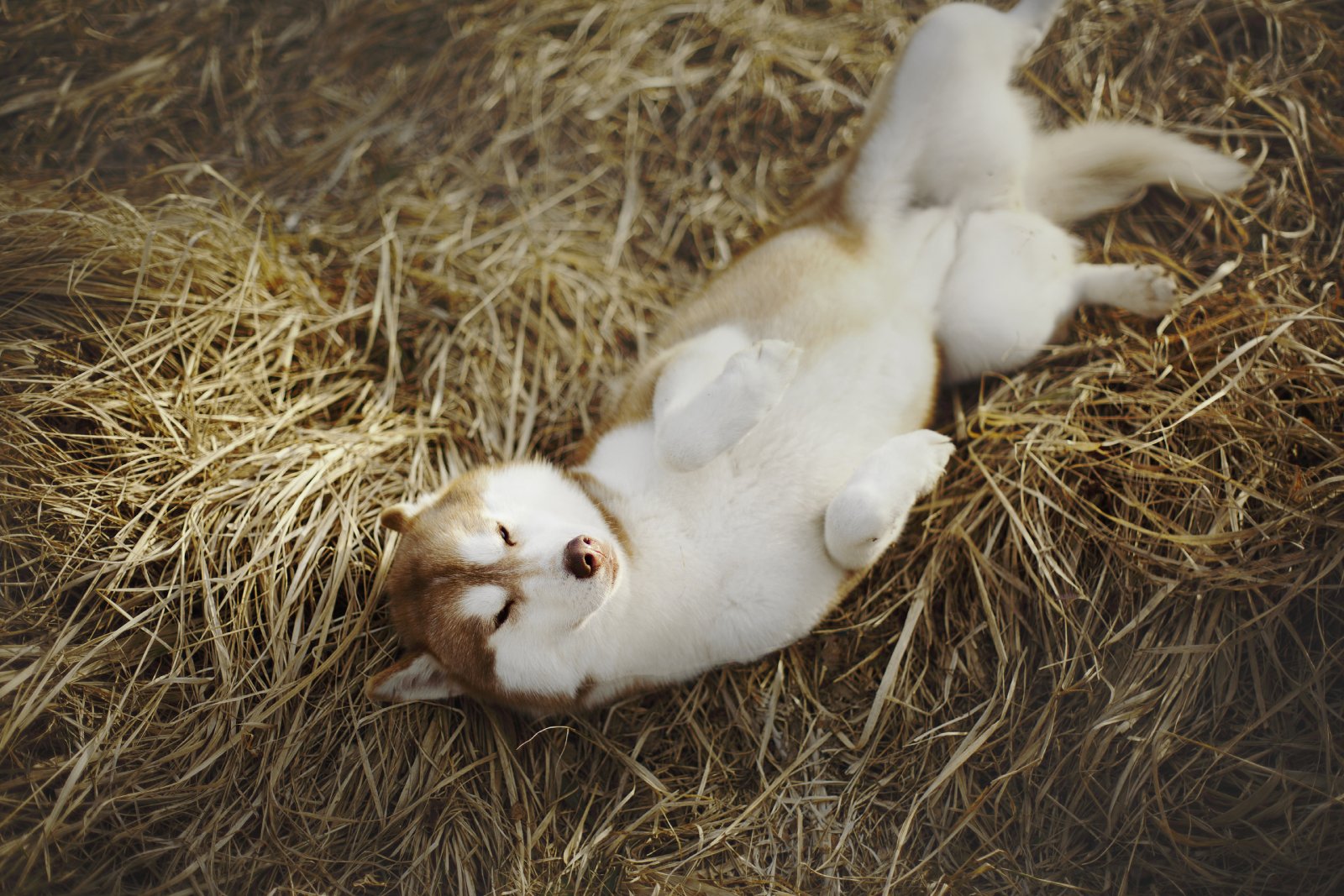
When a dog exposes its belly, it’s showing trust and submission. This is a great time for a gentle belly rub, if they invite it.
18. Sideways Hop – Cat
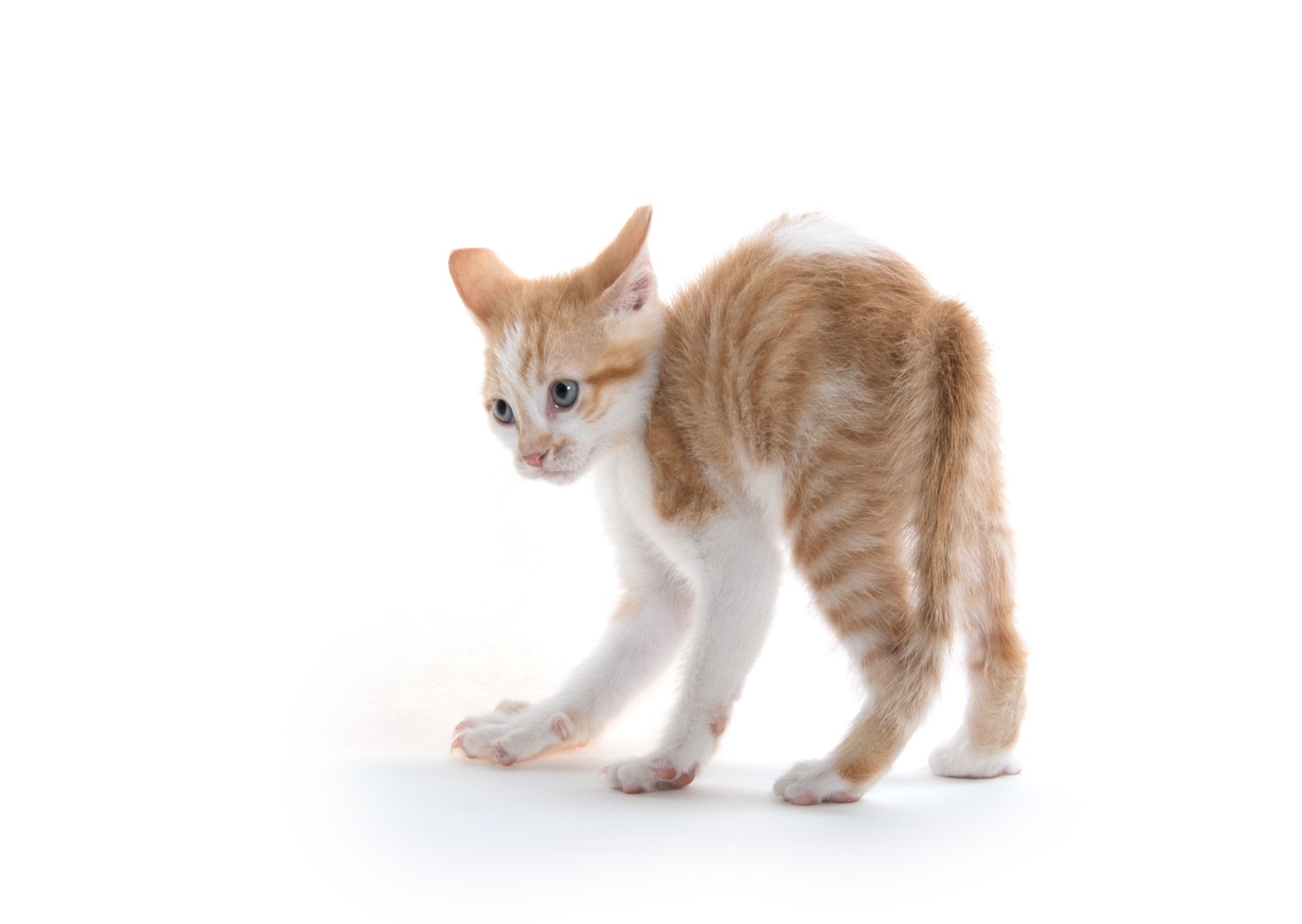
A sideways hop with an arched back is often seen in kittens. It’s a playful gesture, showing they’re feeling frisky and happy.
19. Low Growl – Dog
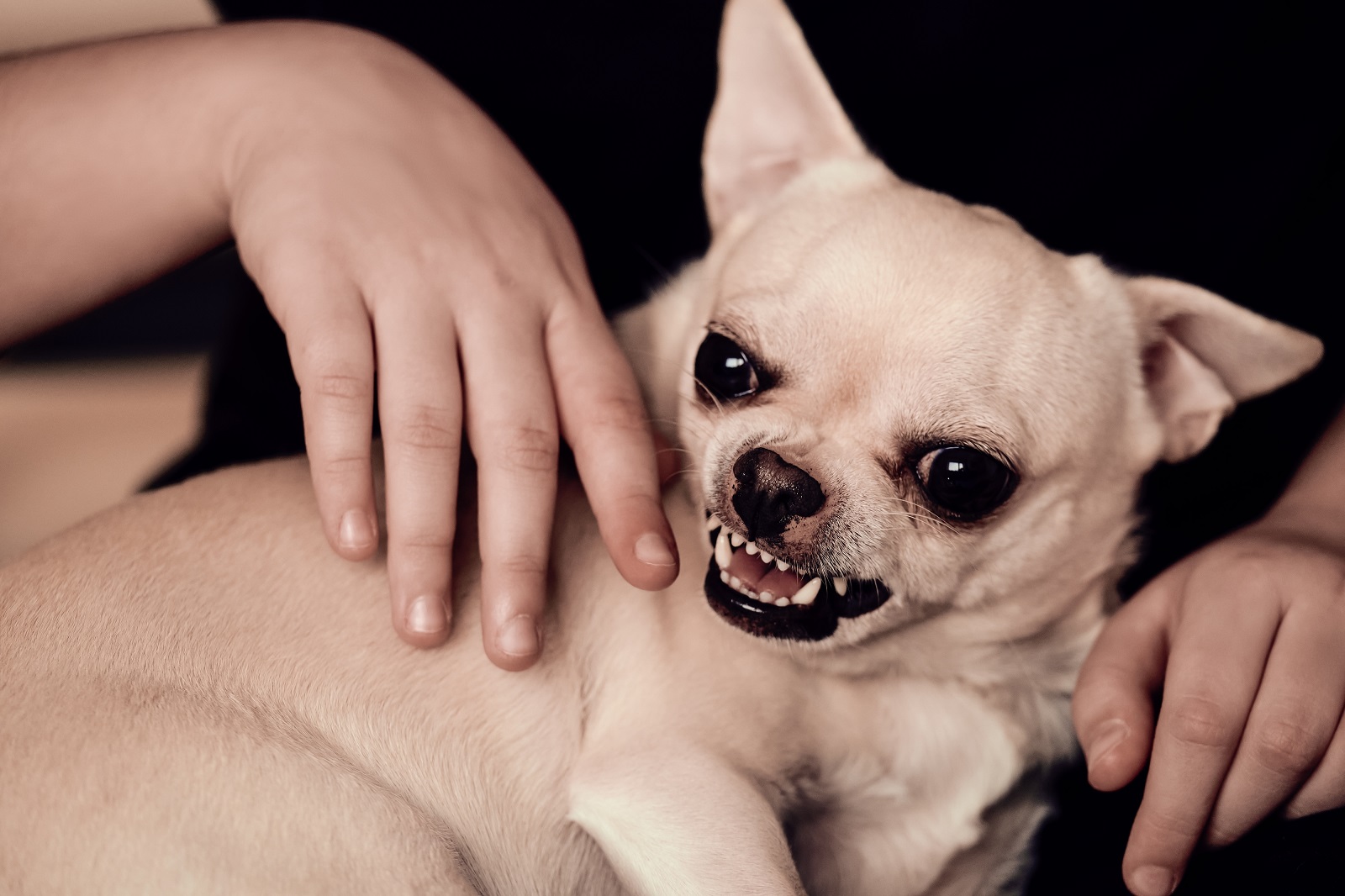
A low growl is a warning sign from a dog. It’s best to stop what you’re doing and give them space to prevent escalation.
20. Dilated Pupils – Cat
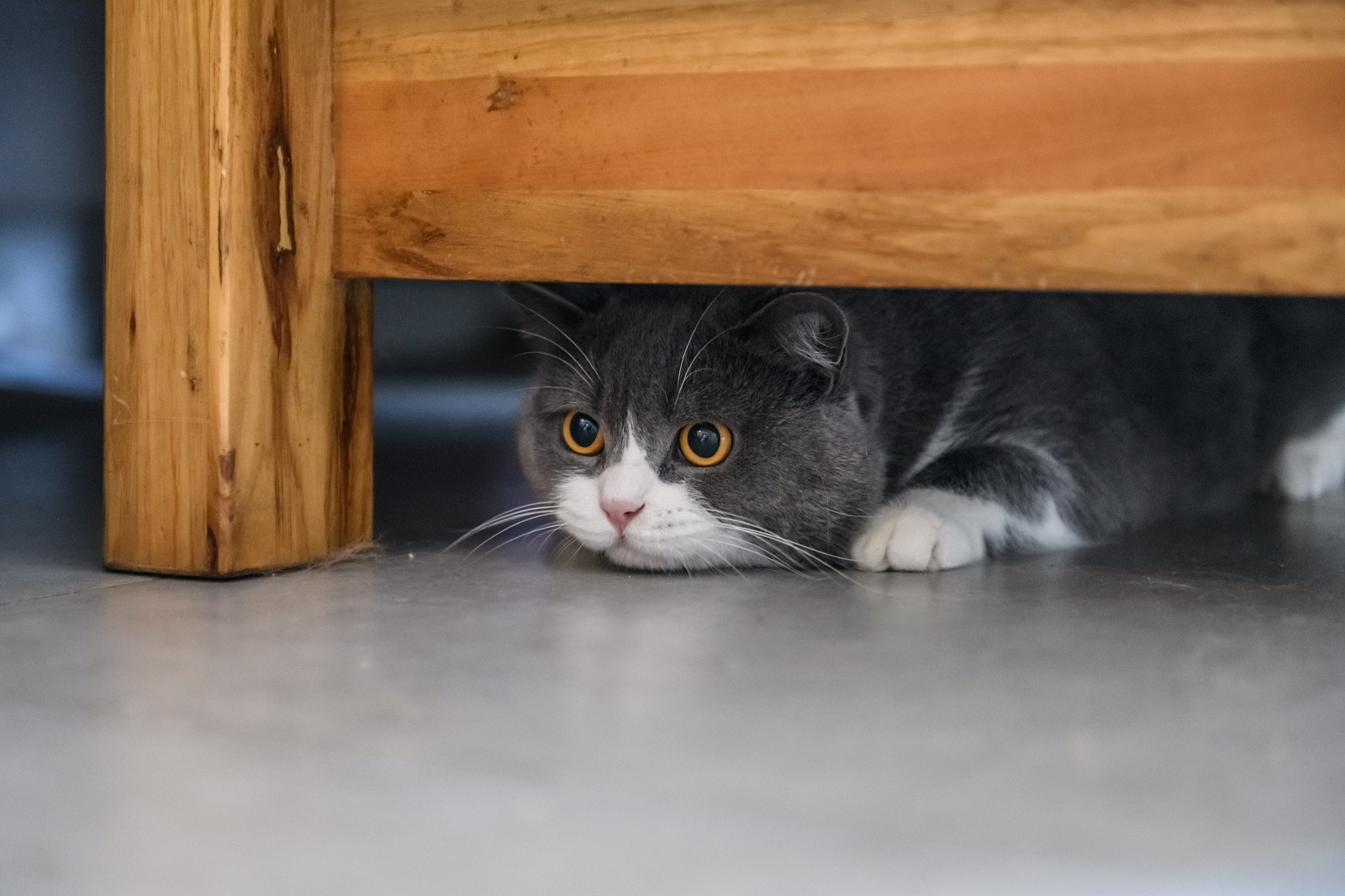
Dilated pupils can indicate excitement or fear in cats. Watch their other body language cues to determine the exact emotion.
Read the Room
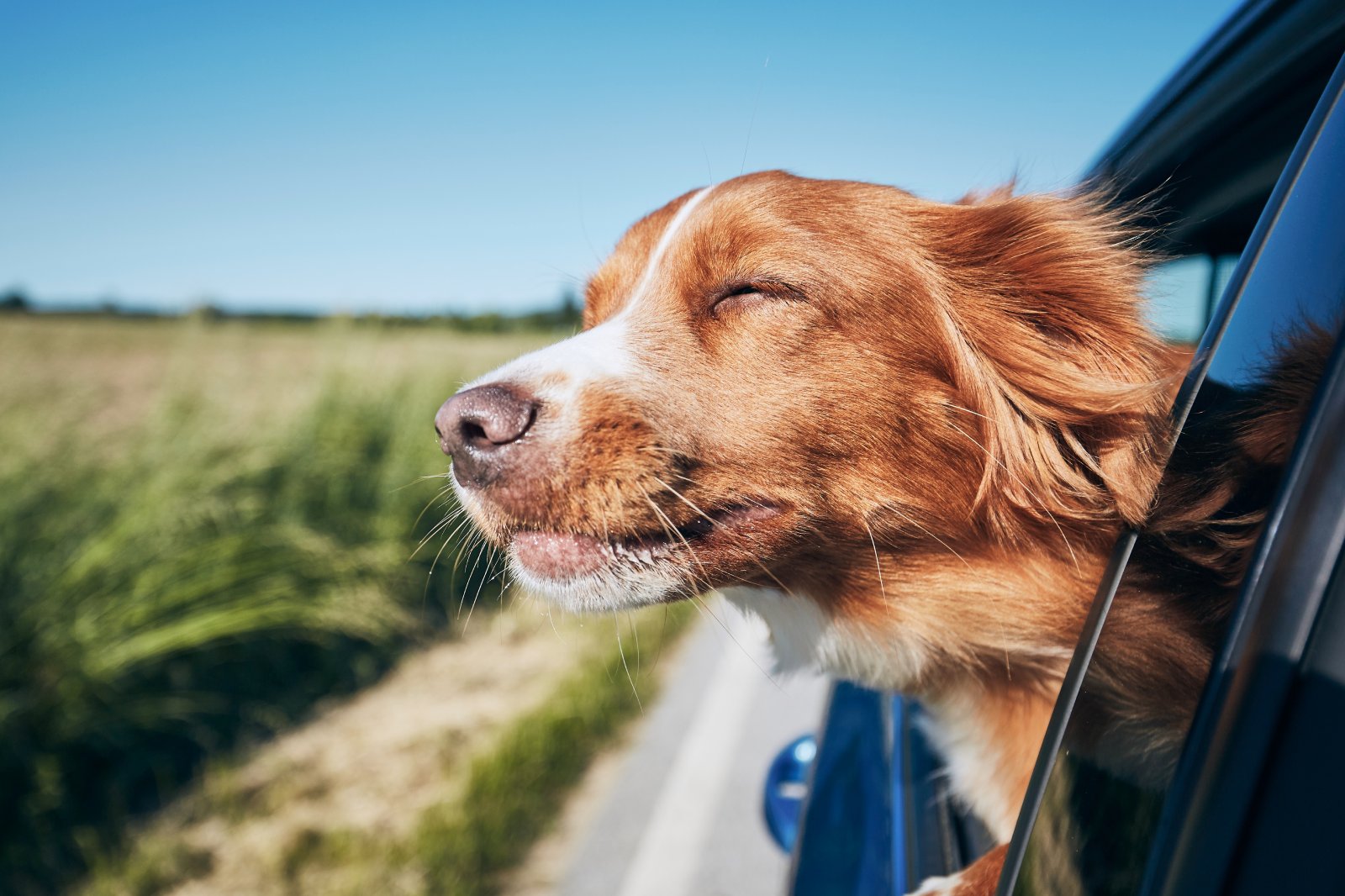
By understanding these signals, you can better communicate with your pets and ensure they feel safe and loved. Whether it’s a playful dog bow or a contented cat knead, recognising these behaviours is key to a happy pet-owner relationship.
The post The Ultimate Guide to Understanding Your Pet’s Body Language first appeared on PawShore.
Featured Image Credit: Shutterstock / MDV Edwards.
For transparency, this content was partly developed with AI assistance and carefully curated by an experienced editor to be informative and ensure accuracy.

